In the midst of global climate concerns, recent air quality reports from cities worldwide highlight significant challenges and health risks associated with pollution. Data compiled over the past ten days reveals troubling trends across key urban centers, underscoring the urgent need for comprehensive environmental measures.
Kinshasa, Democratic Republic of the Congo:
Kinshasa has consistently recorded high levels of air pollution, with Air Quality Index (AQI) readings ranging from 160 to 180. This categorizes the air as unhealthy for the general population, primarily due to emissions from industrial activities and vehicle exhausts.
Jakarta, Indonesia:
Jakarta has also faced severe air quality issues, with AQI levels fluctuating between 150 and 170. Industrial emissions and heavy traffic have contributed significantly, prompting advisories for vulnerable groups to limit outdoor activities.
Hanoi, Vietnam:
In Hanoi, AQI levels have hovered between 130 and 150, posing health risks to sensitive populations. Factors such as emissions from coal-fired power plants and vehicular pollution have exacerbated the city’s air quality challenges.
Delhi, India:
Delhi’s air quality deteriorated sharply, with AQI soaring up to 300, reaching hazardous levels. Vehicular emissions, construction dust, and agricultural burning have been major contributors, intensifying the city’s pollution woes.
Beijing, China:
Beijing reported AQI levels between 100 and 150, mainly due to industrial emissions and construction dust. Stringent regulations have shown some effectiveness in mitigating pollution, albeit challenges remain.
Los Angeles, USA:
Los Angeles experienced AQI levels ranging from 90 to 110, classified as moderate to unhealthy for sensitive groups. Vehicle emissions and wildfires in nearby areas have been significant contributors to the city’s air quality issues.
Mexico City, Mexico:
Mexico City’s AQI ranged from 100 to 130, influenced by vehicle emissions and industrial activities. Efforts to enforce stricter emission standards are underway to combat persistent pollution concerns.
São Paulo, Brazil:
São Paulo reported AQI levels of 80 to 110, driven by emissions from vehicles and industrial sectors. Initiatives promoting public transport and green spaces aim to improve the city’s air quality over time.
Dhaka, Bangladesh:
Dhaka recorded moderate AQI scores around 84, with pollution worsening during winter due to biomass use for heating and cooking. The monsoon season offers temporary relief, highlighting seasonal variations in air quality.
London, United Kingdom:
London maintained moderate AQI levels between 60 and 90, primarily due to traffic emissions and construction activities. Initiatives like the Ultra Low Emission Zone (ULEZ) are pivotal in London’s efforts to enhance air quality standards.
Global Health Impact:
According to the latest State of Global Air report, air pollution contributed to 8.1 million deaths worldwide in 2021, underscoring its severe impact on public health. Vulnerable populations, including children under five, are particularly at risk, with respiratory diseases and other ailments linked to poor air quality.
Challenges Ahead:
Despite localized efforts to improve air quality, challenges persist globally. The World Health Organization estimates that air pollution causes approximately seven million premature deaths annually, highlighting its status as a leading risk factor for various health conditions.
In conclusion, the recent air quality data underscores the critical need for sustained global efforts to address pollution through stringent regulations, technological innovations, and heightened public awareness. As cities continue to grapple with worsening air quality, proactive measures are essential to safeguard public health and mitigate the environmental impacts of urbanization.



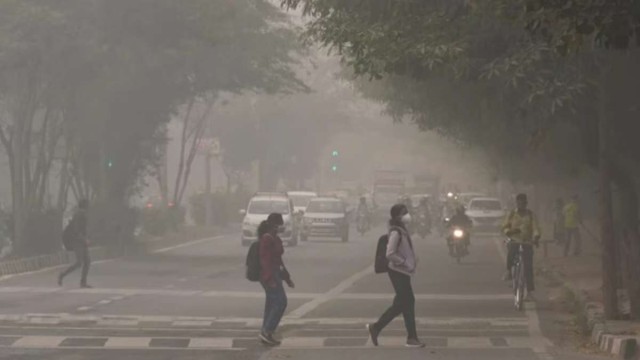


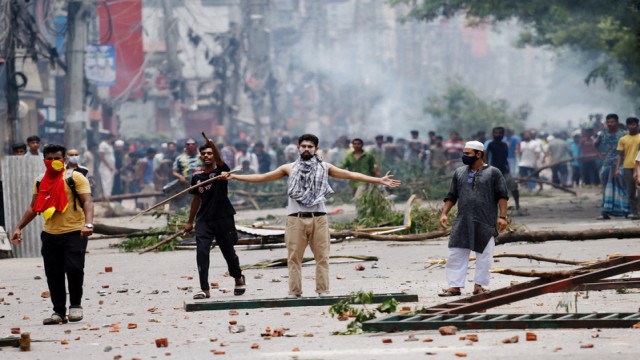


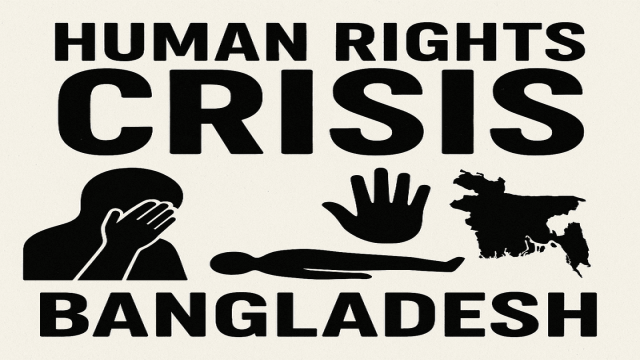
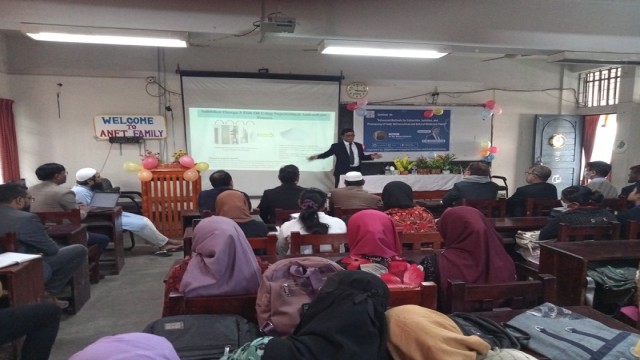
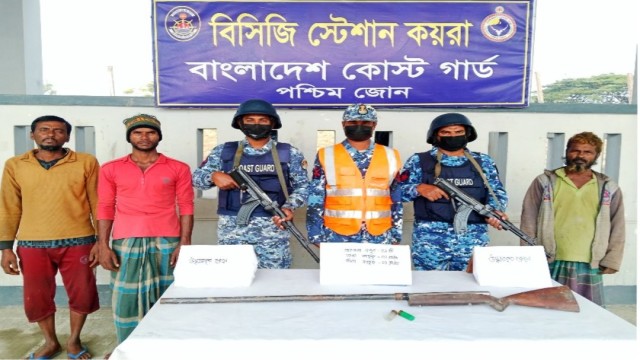
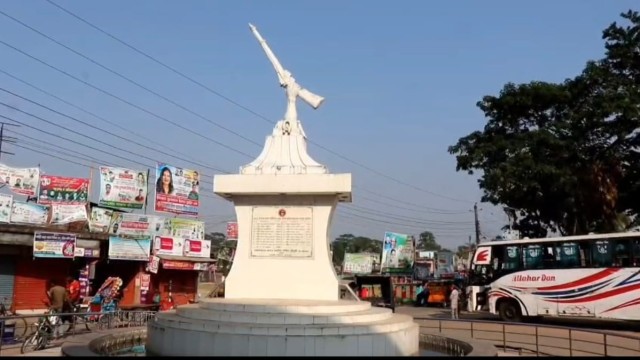


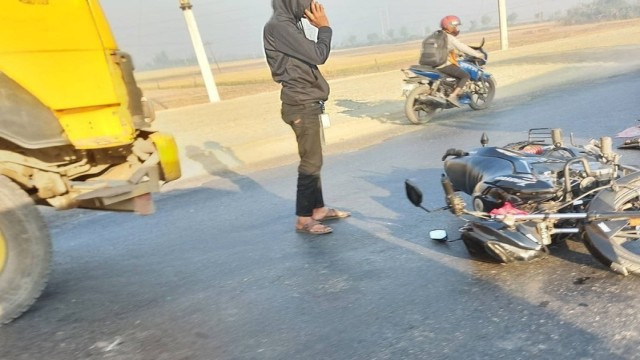

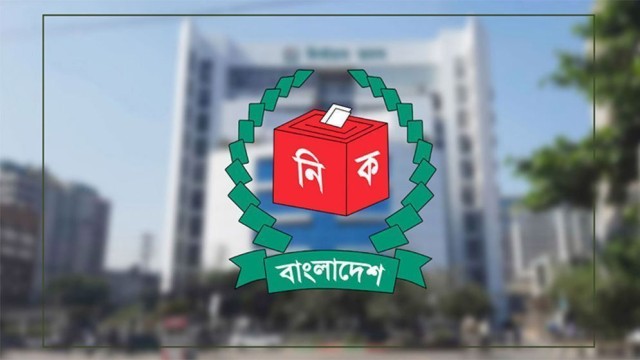













Comment: